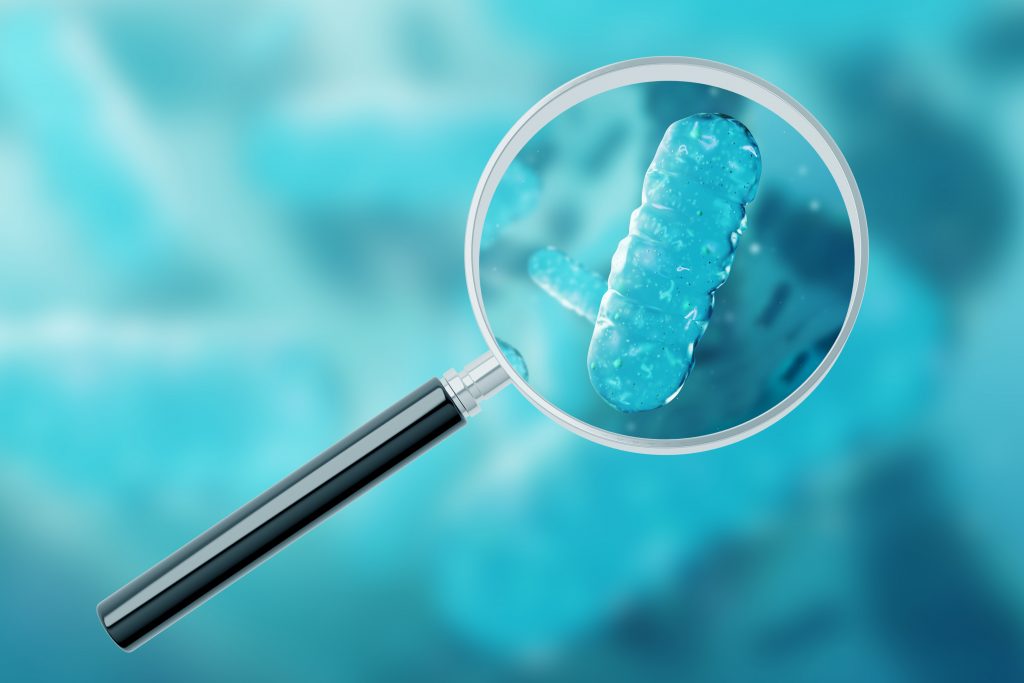The Oral Microbiome
What is an oral microbiome?
The oral microbiome is a community of microorganisms, predominantly bacteria, found within the mouth of humans and animals.
The special environment of the mouth is ideal for the growth of certain microorganisms and as a result, the oral microbiome is distinct from gut and skin microbiomes. Important factors involved in shaping the oral microbiome include high water, rich access to nutrients, and a moderate temperature.
Where to find microbes?
Microbes occupy surfaces of both the teeth, tongue, and gums and each location has a unique composition of microbes. Some microbes are more suited to soft oral tissues, others to harder tissues such as the enamel of teeth.
Anaerobic bacteria, in particular, come in an abundance of different forms, and each microbe has its effect on the oral and systemic health of the human host. There are both beneficial and harmful microbes but the distinction is often not clear and the role of each microbe depends on its context and environment.
There are resident bacteria within the mouth that have evolved to modify the health of the human host in several ways. Both subgingival and supragingival dental plaque serve as homes for “resident bacteria” which play essential roles in the development of cavities.
These bacteria are unable to invade other local tissues due to the natural defense system of the host. Researchers in the dental field are particularly interested in the microbiome’s role in conditions such as caries, oral cancer, and periodontal disease.
However, the true significance of oral organisms has only recently been discovered:
The oral microbiome can affect a wide range of systems within the human body.

Importance beyond the oral cavity
Oral bacteria can provide an important defense against invading bodies. This occurs when the microorganisms work in synergy. However, if there is an imbalance, this can have several adverse effects on the health of the host. This microbial imbalance is referred to as “dysbiosis”. When it occurs, it can be a contributing factor to several diseases. This includes inflammatory bowel disease, Alzheimer’s, diabetes, pancreatic cancer, and cirrhosis of the liver.
The human microbiome interacts very closely with our immune system, and as a consequence the immune system may be affected by dysbiosis, contributing to conditions such as rheumatoid arthritis and HIV infection. Dysbiosis of the oral microbiome has also been related to the cardiovascular system and the development of atherosclerosis. These findings show the significant influence that the oral microbiome has on whole-body health.
Research and Industry
The Human Oral Microbiome Database (HOMD) was created to promote a better understanding of the role of mouth bacteria in human health. The human oral cavity contains around 700 prokaryote species, and the HOMD is working hard to identify and sequence these microbes and thereby provide high-quality reference data for research into the oral microbiome.
By comparing the oral bacteria of healthy subjects to that of patients with particular conditions, disease-specific patterns can be detected and explored for their possible usability for early detection of disease. Certain biological molecules within the mouth have already been established as having a clear link with oral cancer. The hope is that these molecules can allow clinicians to distinguish between benign and malignant cases.
With its direct link to diseases and the ease of sampling with no invasive measures, the oral microbiome is a reservoir of unexplored biomarkers. The more we learn about the oral microbiome, the more it can be used as a tool to detect diseases and decide on appropriate treatment. The HOMD has already made a considerable amount of progress in this regard. If this work continues, it seems likely that more discoveries and innovations will be uncovered. The practical implications for dental and overall health make this field an important part of scientific and industrial developments.
The bioinformatically handled data was neetly presented and accompanied by a detailed description of the statical analyses performed and how they could be interpreted.